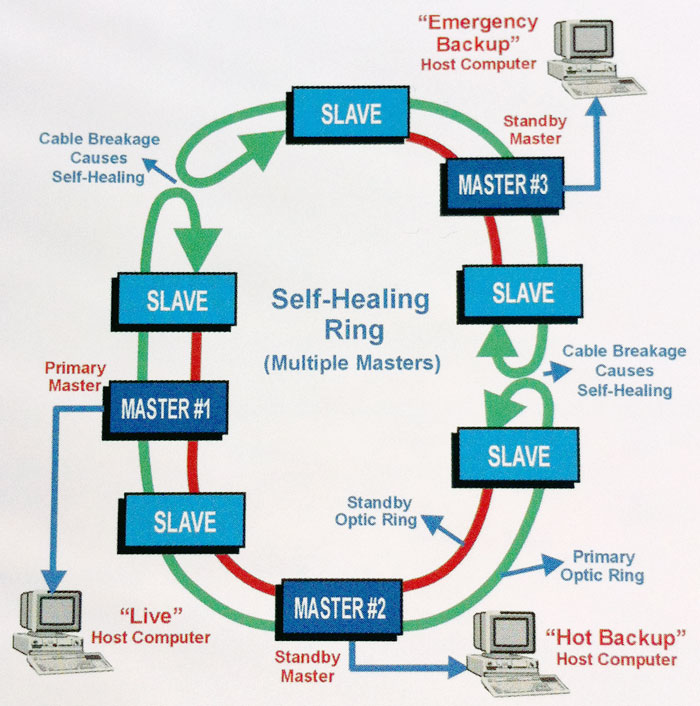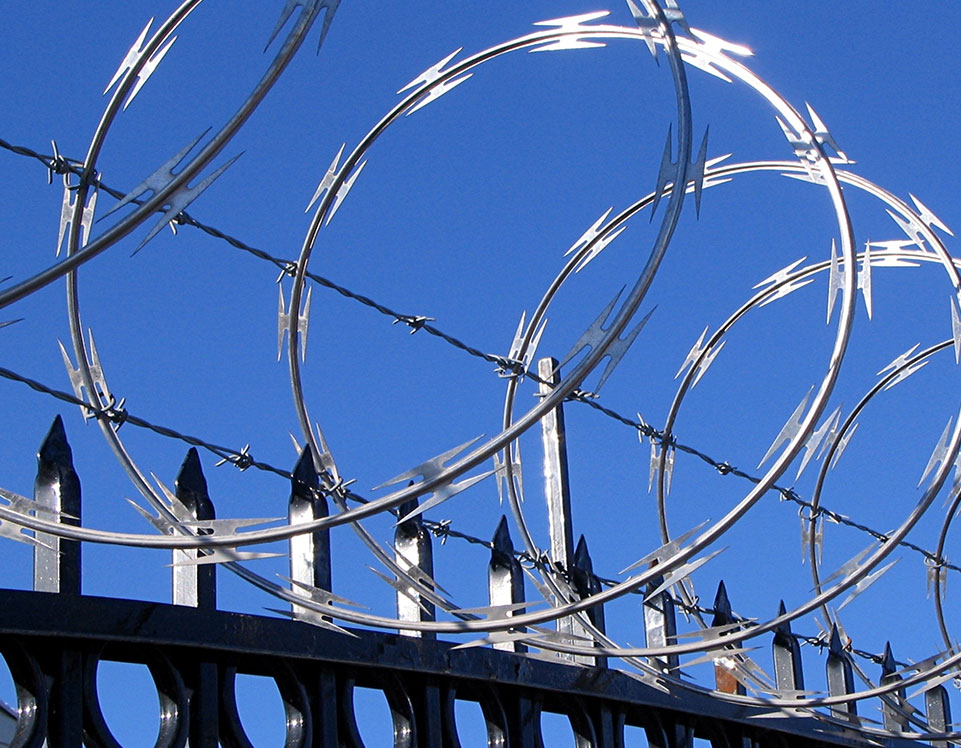Enhance Your Safety And Security With Advanced Fiber Optic Safety And Security Solutions
In an era where safety is critical, sophisticated fiber optic protection systems provide a compelling remedy for improving safety and security throughout various atmospheres. These systems not just boast superior data transfer and rate for high-resolution monitoring but likewise supply amazing resilience against outside disturbances. As organizations increasingly seek trusted ways to protect their possessions, the combination of innovative technologies like AI and IoT within fiber optic frameworks increases crucial inquiries regarding their efficiency contrasted to traditional systems. What effects do these advancements hold for future safety and security procedures?
Benefits of Fiber Optic Safety
Taking advantage of the benefits of fiber optic modern technology substantially improves safety and security systems across numerous applications. One of the primary advantages is the increased bandwidth capacity, enabling the transmission of big quantities of information at broadband. This is particularly vital for real-time video security, where high-resolution feeds can be sent out without latency, guaranteeing immediate feedback capacities.
Furthermore, fiber optics exhibit premium resistance to electro-magnetic interference, which is essential in atmospheres with potential signal disruptions. This integrity makes sure regular performance in crucial security procedures. Fiber optic wires are less vulnerable to tapping and unapproved access contrasted to traditional copper wiring, consequently enhancing information honesty and confidentiality.
An additional notable advantage is the resilience of fiber optic systems; they are extra resistant to ecological variables such as wetness, temperature level fluctuations, and harsh compounds. This strength translates to decrease upkeep costs and longer life expectancies for protection installments.
Finally, the light-weight nature of fiber optic cables facilitates less complicated installation and directing, especially in complicated frameworks (fiber optic security system). Inevitably, the integration of fiber optic modern technology right into protection systems not only boosts protection procedures yet additionally enhances operational effectiveness
Secret Features to Take Into Consideration
When evaluating fiber optic safety and security systems, a number of key features should be considered to make sure optimal performance and effectiveness. First, analyze the system's discovery variety and sensitivity; an extensive variety enables checking large locations, while high sensitivity makes sure that also minor disturbances are found without delay.
Next, take into consideration the combination capabilities of the system. A fiber optic safety system must effortlessly user interface with existing safety and security steps such as cameras and alarm systems, developing a natural security network.
Resilience and environmental resistance are also vital functions. Make sure that the system is developed to hold up against rough climate conditions and potential physical threats, as this will extend its functional life-span.

Finally, look into the scalability of the system. A robust fiber optic safety and security her explanation system need to be quickly expanding to fit future needs without considerable overhauls. By very carefully taking into consideration these functions, you can choose a fiber optic safety and security solution that enhances safety and security and safety and security in your environment.
Setup Process Introduction
To efficiently apply a fiber optic security system, an organized installment procedure is important. This procedure begins with a comprehensive website evaluation to determine the particular security demands and to determine optimum locations for fiber optic wires and safety tools. Following this evaluation, the installation group will certainly create an in-depth strategy, consisting of cable pathways, essential equipment, and compliance with regional policies.
Following, the installation includes laying the fiber optic cable televisions, ensuring they are shielded from ecological elements and physical damage. Correct handling techniques are vital, as fiber optic wires are sensitive and can be quickly harmed. After the cabling is mounted, ports and terminations are meticulously finished to make sure signal stability.
The succeeding phase includes installing protection devices such as cameras, movement detectors, and alarm systems, all integrated with the fiber optic network. Rigorous screening is carried out to verify that all components are operating correctly and to make sure ideal efficiency.

Contrasting Fiber Optic to Typical Equipments
The advancement of safety technology has actually caused considerable developments in the comparison in between fiber optic systems and read the article standard copper-based systems. Fiber optic systems make use of light to transfer data, supplying remarkable data transfer and speed contrasted to their copper counterparts. This leads to improved information transmission capabilities, making optical fiber perfect for high-resolution video monitoring and real-time tracking.
In addition, fiber optic wires are resistant to electromagnetic disturbance, minimizing the chance of signal deterioration triggered by external aspects. This particular ensures constant efficiency, also in difficult atmospheres. On the other hand, traditional copper systems are a lot more prone to interference, leading to possible susceptabilities in safety and security applications.
Toughness is an additional benefit of fiber optic systems. They are much less susceptible to harm from environmental elements such as wetness and temperature level changes, which can jeopardize copper electrical wiring. Fiber optics are lighter and thinner, permitting for simpler setup and minimized physical footprint.
Nevertheless, typical systems tend to have lower preliminary expenses, making them attractive for budget-conscious jobs. While fiber optic systems might require a higher in advance financial investment, their long-lasting advantages-- such as lower upkeep prices and better dependability-- frequently outweigh the preliminary cost, placing them as important source a premium choice for modern-day safety requirements.
Future Trends in Safety And Security Technology
Arising patterns in security innovation are positioned to transform the landscape of security and danger detection - fiber optic security system. As companies progressively deal with advanced dangers, advancements such as expert system (AI) and device knowing (ML) are becoming integral to security systems. These technologies improve the ability of fiber optic systems by making it possible for real-time information analysis, determining anomalies, and automating reactions to prospective violations
In addition, the assimilation of the Net of Things (IoT) is revolutionizing security structures. IoT gadgets can supply thorough situational awareness and facilitate seamless communication between various protection components. This interconnectedness permits for much more reliable monitoring and faster case action times.
Biometric verification is also getting energy, offering a higher degree of safety through unique physical features. As this technology develops, it is likely to be incorporated into fiber optic systems for boosted access control.
Conclusion
To conclude, advanced fiber optic security systems stand for a substantial advancement in security and monitoring modern technology. Their premium transmission capacity, resistance to interference, and sturdiness help with trusted tracking and information integrity. As these systems integrate AI and IoT abilities, they improve the general protection structure, guaranteeing durable protection for properties. The shift from standard systems to fiber optic options reflects a growing trend towards more effective and effective safety and security actions in a significantly complicated technological landscape.
Comments on “The Importance of a Fiber Optic Security System in Safeguarding Critical Infrastructure and Areas”